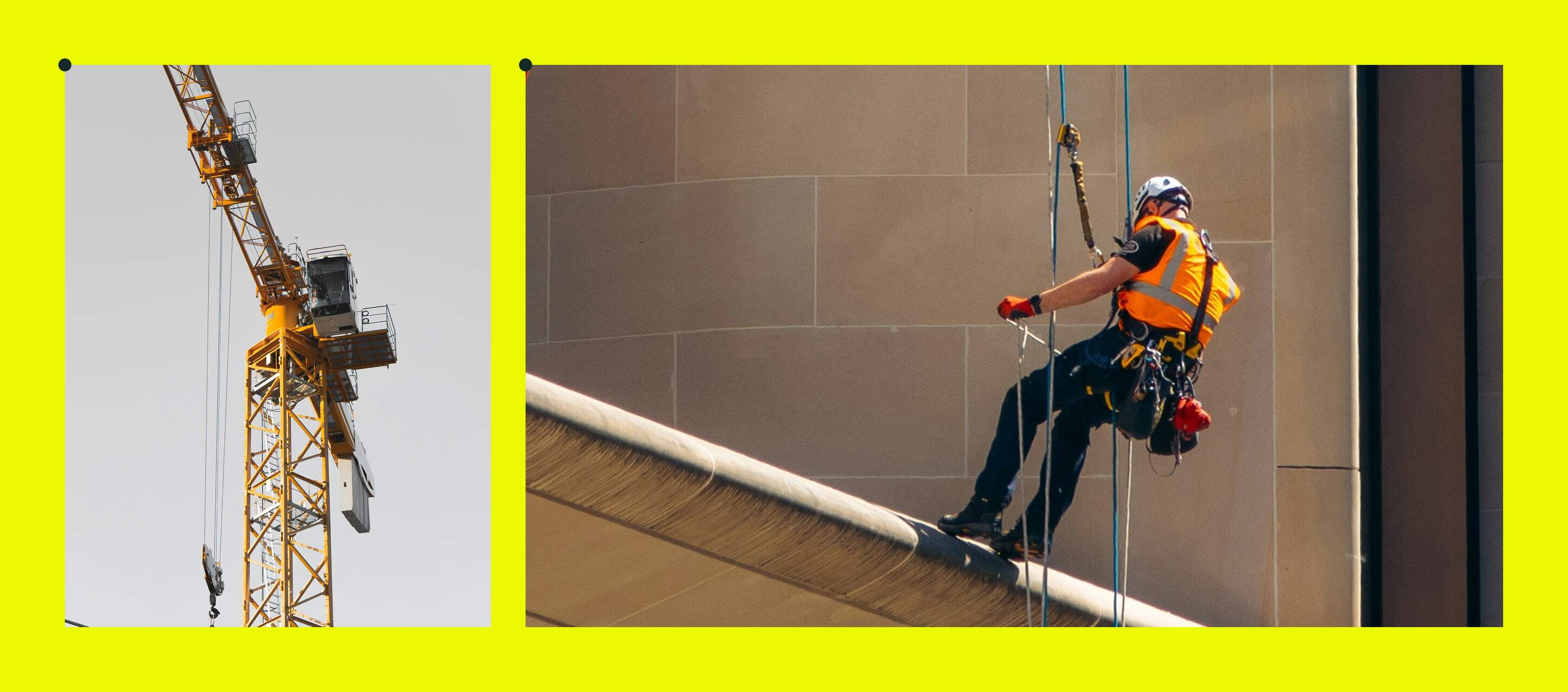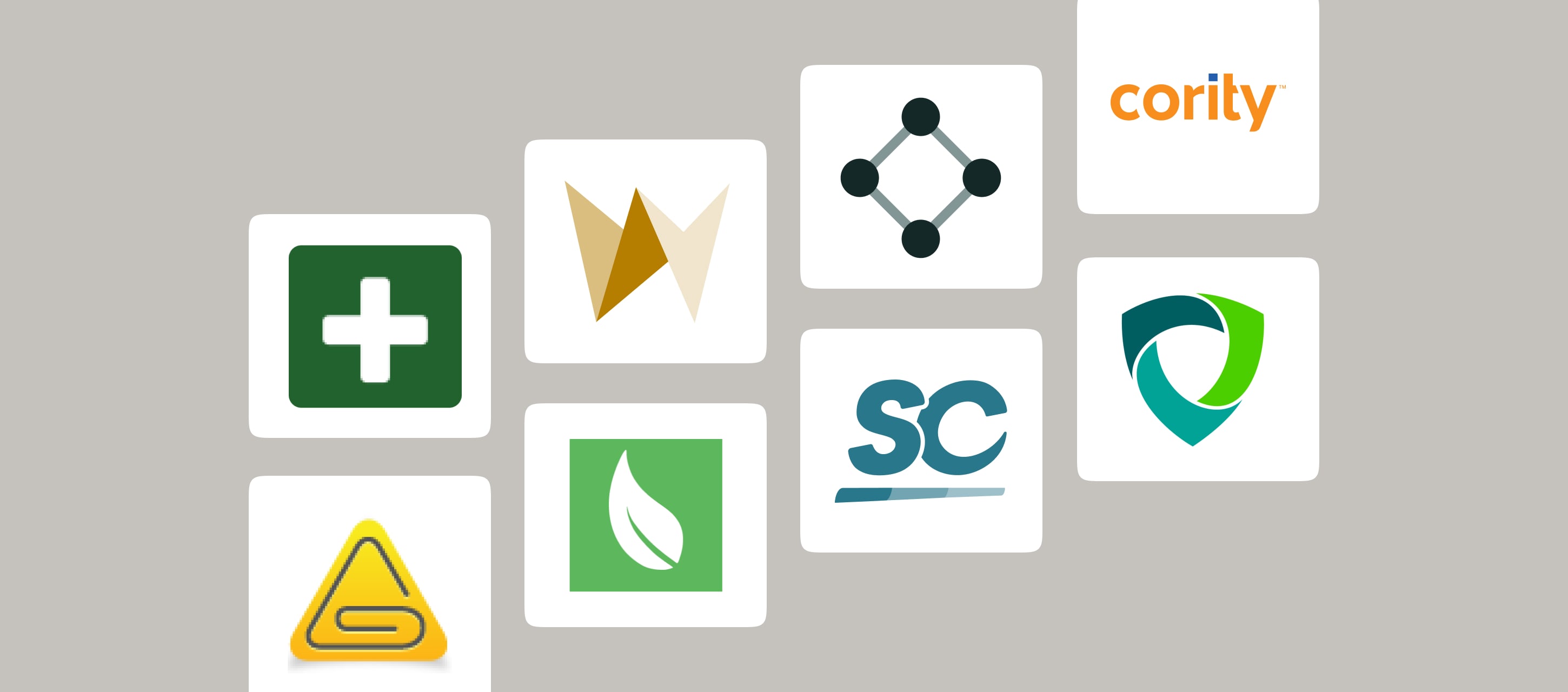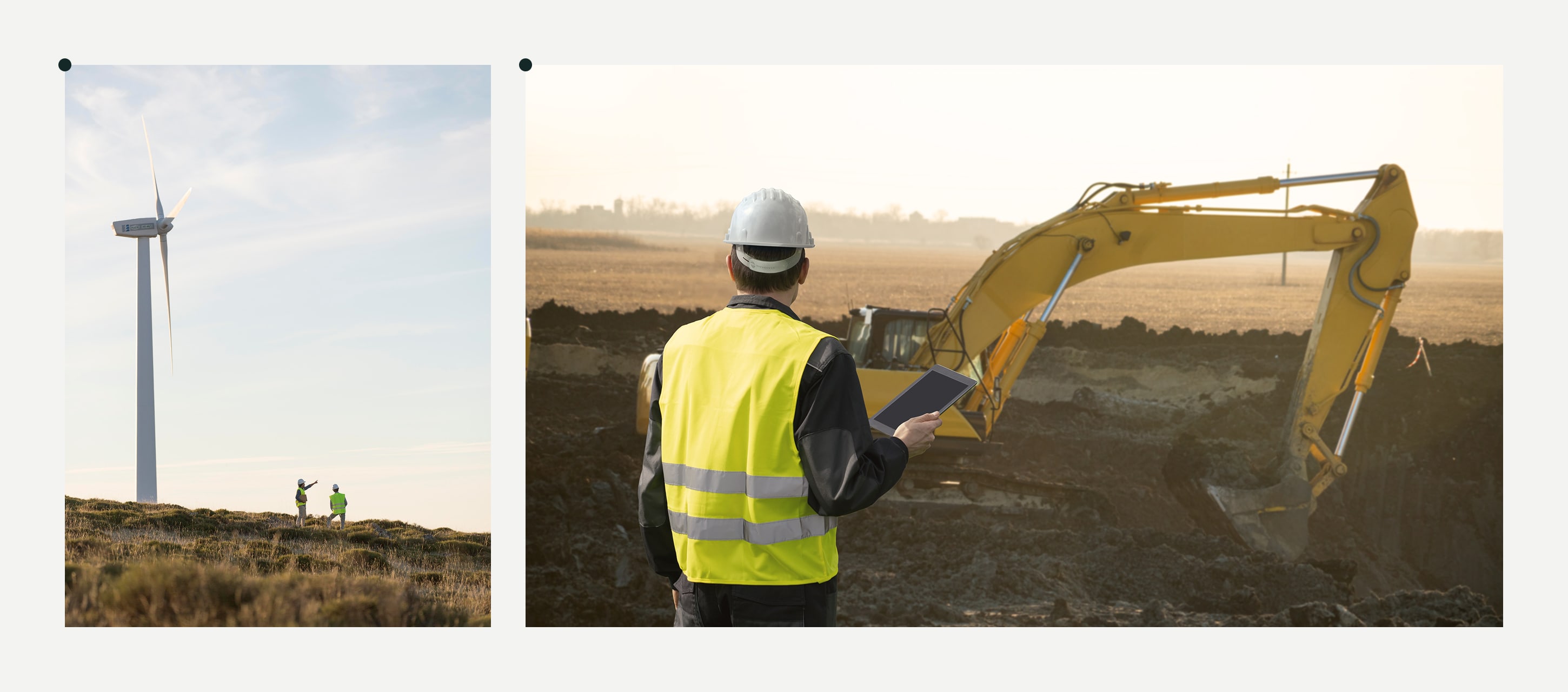Lots of companies rush into safety tech with the best of intentions. But if the groundwork isn’t there, it’s worth hitting pause. Because tech needs your people, processes, and culture to be ready for it.
Here’s what you need to line up before anyone gets excited about new software.
Contents:
You Can’t Automate Your Way Out of a Bad Process
6 in 10 companies are running multiple digital projects to automate different parts of their business.
And it’s easy to see why. Tech speeds up tasks that don’t need human brains, helps catch little mistakes before they hurt you, and makes the admin side of safety feel manageable.
But there’s a catch: tech only works when the process underneath it works too. If your safety workflows are confusing, inconsistent, or out of date, no app is going to clean that up for you.
You can spot process design problems in all sorts of places. Like when two workers handle the same safety procedure differently. Or when a checklist includes every possible situation and ends up being too long to finish. And in reporting forms with a Covid-19 section that all workers skip without reading.
Fix up these types of problems before you bring in software. Because if you don’t, you’re just moving the same issues to a shinier platform.
What to do before bringing safety tech in:
- Walk through your current workflows before you buy new tools. Map out each step from start to finish.
- Talk to the teams doing the work. Find out what’s slowing them down, what they love and what they hate.
- Cut what’s not being used. If there’s a form, field, or step no one touches (or everyone hates), ask why it’s still there.
- Standardize how your team enters safety data. If everyone does it differently, your reports won’t add up to anything useful.
Read More Read More How field industries are spending their safety budget in 2025
Your Tool Isn’t Intuitive 30 Feet in the Air
The best safety tech in the world won’t do much if your team doesn’t know how to use it. That’s the part too many companies overlook. They invest in new tools and expect big results, but forget to show people how to actually use them.
“User-friendly doesn’t equal no training.” Kate Levrinenko, Fluix Customer Services Operations Manager, says “You can’t expect your safety officer to figure out a new system while they’re in full gear, halfway through a site inspection, with a storm rolling in.They need to be confident with it before the pressure hits.”
And right now, that’s not happening enough. Microsoft reported that 55% of frontline workers didn’t receive training on how to use digital tools. They were left to their own devices, literally.
When workers aren’t taught how to use safety tech, they’re infinitely more likely to:
- Drop the tool and go back to what they know
- Do the bare minimum and end up making mistakes
- Waste time troubleshooting the app instead of working
- Lean on a teammate for help, so two people are tied up
- Fill out reports later from memory and get the details wrong
- Stop reporting issues because it’s too much effort
- Give up on the app entirely if it freezes or something doesn’t load
But you can turn all of this around.
When you help your team learn the right way, they’re likely to use it the right way.
What to do before launching safety tech in the field:
- Make sure your tools are built for real-world conditions. Like screens that stay visible in full sunlight, buttons that work with gloves, and apps that work when the signal drops or in bad weather. And during training, make that clear.
- Train by role, not by platform. Your safety officer and site manager won’t use the app the same way, so don’t train them the same way either.
- Your team should feel like the tools are for them, not just given to them. When that happens, McKinsey says success rates rise to 70%. Add strong leadership support, and it climbs to 79%.
- Don’t just launch the app and move on. Use toolbox talks now and then to check how it’s going in the field, answer questions, and remind teams of features they might be underusing.
You Can’t Fix a Broken Culture with an App
A group of researchers spent time with oil and gas workers to understand what made them feel safe on the job. Again and again, the answer pointed to safety culture.
The sites that had it performed better across the board from stronger audits to fewer incidents and injuries. When people felt supported, they paid attention, spoke up, followed through.
But culture cuts both ways.
If a worker gets in trouble for speaking up, they’ll think twice before doing it again. If they’ve seen reports disappear into a black hole, they’ll learn to keep quiet. And when leadership sends the signal that speed comes first, people catch on fast.
In these environments, teams hold back the full story. They report what they think will go over well, not what’s actually happening.
This is when safety tech tends to backfire. Because it creates the illusion that everything’s under control. The dashboard fills with compliant data while the real issues go underground.
And the more disconnected the data is from what’s happening onsite, the harder it is to fix what needs attention. Which is why safety tech can’t succeed without the culture to support it.
What to do before tech meets your culture:
- Train supervisors on how to recognize unsafe behaviors and attitudes, and how to have safety conversations. When leaders stay involved and lead by doing, the culture follows.
- Make safety a two-way conversation. Set up worker-led safety committees that connect field teams with HSE teams. It builds ownership and helps ideas move in both directions.
- Let workers report hazards anonymously so they don’t get scared off. Research shows that when anonymity is an option, 70% speak up. Without that option, only 49% do.
- Always follow through on safety complaints. If an issue is raised, show that it matters. If a fix isn’t possible or necessary, explain why. A transparent process proves that reporting isn’t a waste of time.
Final Thoughts
You can’t patch over weak processes or broken trust with an app. But when your safety structure is strong, the right tools can help you build something even better.
At Fluix, we work with teams who care about doing safety right. Our field productivity platform improves the safety management process for the people managing it, and for the ones affected by it every day, rain or shine.





